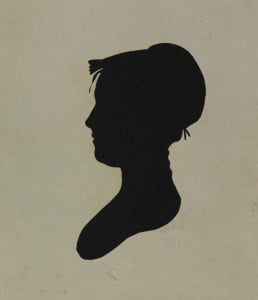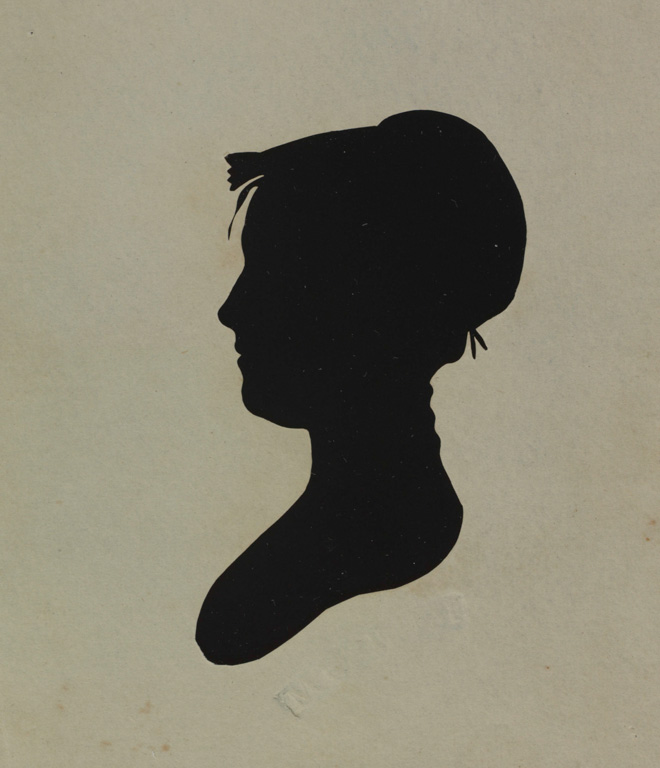
In his book “Mourning and Melancholia,” Freud points out how missing individuals make people mourn in special ways. The hows, whys and whereabouts of the person and his or her remains are torturing questions, especially when the nature of the absence is unknown. Freud’s century-old concerns are brilliantly highlighted in the “Missing Persons” exhibit, on view at Cantor from Nov. 11, 2015 to March 21, 2016.
By way of photographs, prints and archived objects, the collection draws attention to the tension between absence and presence. In running away, succumbing to disease or being exiled, people leave traces of their presence in personal objects, which have become the conceptual departure point for these works.
The refreshing lineup of artists includes American still-life specialist Raphaelle Peale, contemporary gender and sexuality-focused artists like Kara Walker and the Guerrilla Girls, “social landscape” photographers Lee Friedlander and Diane Arbus, and Cuban-North American performance artist Ana Mendieta.
Their works depict people removed from their families and homes by incarceration, oppressive regimes or gentrification. Often, all that remains is a traced shadow, much like a silhouette standing in for the body of a person who is no longer.
The exhibition is divided into three sections. The first, “Wanted,” shows the hardships endured by runaways and political refugees through their belongings. A wanted poster for Angela Davis, 19th-century runaway slave, prompts viewers to consider the plight of those who flee from systems of unjust imprisonment. Another poster depicts a veiled terrorist named “La Virgen de Guadalupe,” who was labeled dangerous for her ability to influence people through religion. Wanted posters, with their romantic French Clarendon typeface, have been used to cast prominent figures as Wild West criminals.
Pinned next to a variety of mugshots is a recording of songs from Nas’ “Illmatic,” a 1994 rap album with lyrics marked by pleas for the return of the rapper’s jailed and unfairly victimized friends.
The second section of the exhibit, “Remains,” focuses on the meaning of invisibility and the objects that represent those excluded from written history.
The screen print “Tejido de los desaparecidos” (“Weaving of the disappeared,” Ester Hernanadez 1984) encapsulates the political struggle of South and Central America. The weaving is imbued through ikat-designed tribal embroidery, with little skulls, dead bodies, machine guns and other articles of violence in repeating sequences. A splash of thick red paint covers the rag, suggestive of the sudden and vivid disturbance bloodshed casts on civilian life.
On the other hand, “Remains,” when not connoted with violence, serves an archeological purpose. In “Ears of the Trotting Champion Electioneer” (Stanford Family Collections 1998), a taxidermy of the prized horse belonging to the Electioneer of Leland Stanford, we are only left with a set of the animal’s ears. The remains here are relics of sentimentality, of a loved family pet that fathered many record-breaking racers.
The final section, “Unseen,” only shows parts of people. The hands of Judy Dater, a California-based photographer and feminist, and the tattooed chest of John Gutmann, San Francisco-native famous for his “worm-eye view” camera angle, ask us to envision the rest of what we cannot see.
The photographs from the series “The Little Screens” on gelatin silver print (Lee Friedlander 1962), which features large eyes created from a TV screen, a lamppost and a vintage radio, remind viewers that they are never really alone. The three household structures are chosen because of their canny resemblance to human eyes, suggesting that residents are being observed by an Orwellian Big Brother.
Personally, I found the standalone pieces to be most impressive. The shoes that Allen Ginsberg wore on his pilgrimage through Czechoslovakia in 1965 are mud-colored, patched, worn over and simple. They embody the harsh struggle of life in the Communist regime, from which he was kicked out of for being a “bearded American fairy dope poet.”
Two steps over is a breathtaking collage titled “The Ghost of Liberty” (Enrique Chagoya 2004), a commentary on the meaning of oppression, civilization and cultural amnesia. The pictorials feature the head of a Chinese Communist baby wearing a spacesuit and a comic sketch of George W. Bush suffocating under the weight of 15 bibles in an empty room. Another fold shows a Qin dynasty court scene in a Chinese palace where the emperor, with the head of pipe-smoking Englishman, decapitates his eunuchs and servants with a blade. This scene in the collage reminds us that human oppression unfortunately remains a constant throughout cultures and time.
Touching upon topics ranging from the light-hearted to the deep and painful, this exhibition succeeds in exploring what it means to be “gone.” What makes a person’s existence known. Living in other people’s memories, being scratched onto the tablet of human culture, having rituals to celebrate the dead and holidays centered on remembrance: What makes some deaths more influential than others? In forcing viewers to ponder these questions, the collection is gets to the core of what it means to be.
Contact Jennifer Adams at adamsjen ‘at’ stanford.edu.
